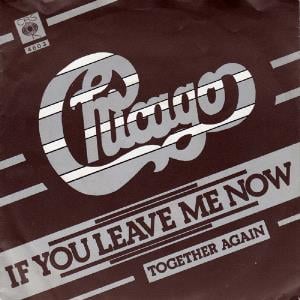Crystal Ball |
 |
Charted: October 30, 1976 Peak: 66 US Sales (in millions): 0.5 US Genre: classic rock |
Tracks: Song Title (Writers) [time] (date of single release, chart peaks) Click for codes to singles charts.
Total Running Time: 34:45 The Players:
|
Rating: 3.560 out of 5.00 (average of 19 ratings)
Awards: (Click on award to learn more). |
About the Album: At the end of 1974, Styx had produced four albums with the Wooden Nickel label. Then the song “Lady,” from Styx’s second album, was rediscovered, hit the top 10 and launched Styx’s career. Styx signed with major label A&M and released Equinox, an album that went gold and spawned the songs “Suite Madame Blue,” “Light Up,” and top 30 single “Lorelei.” Follow-up album “Crystal Ball wasn't as successful as Equinox, but it was a better album.” AMG The most notable change was the addition of Tommy Shaw to the band after the departure of guitarist and sometime vocalist John Curulewski. He “Tommy Shaw proved he was the missing piece to Styx’s musical puzzle…His arrival sparked a healthy competition with resident creative forces DeYoung and JY, and dovetailed with their efforts to refine Styx’s art-rock formula into great hit songs.” UCR While Crystal Ball wasn’t a huge success, it planted the seed for Styx’s dominance in the late ‘70s and early ‘80s as arguably America’s premiere rock band when they had four consecutive top-10, multi-platinum albums from 1977’s The Grand Illusion through 1981’s Paradise Theater. Shaw contributed some of those albums most noteworthy songs, including “Fooling Yourself,” “Blue Collar Man,” “Renegade,” and “Too Much Time on My Hands.” Shaw’s presence aided the band in “showcasing [its] increased skill for crafting simple, catchy pop hooks out of their bombastic sound.” AMG Nowhere was this more apparent than on Shaw’s beautiful title song, which he sung and wrote. While it didn’t chart, it became one of Styx’s many album rock staples and “was performed on every subsequent Styx tour with which Shaw was involved.” WK Elsewhere, Dennis DeYoung revealed his ever increasing leanings toward balladry, such as on This Old Man and Ballerina. The latter, paired with Claude Debussy’s classical piece Clair de Lune, also was a reminder of Styx’s earlier more progressive rock leanings. DeYoung and Shaw teamed up for the top 40 hit Mademoiselle, one of several times the two collaborated for a magical pairing. They would also combine writing talent with James Young, who kicked off the album with Put Me On, a typical roaring anthem from tha man who always gave Styx its hardest rock edge.
|
Resources and Related Links:
First posted 3/24/2008; last updated 5/16/2021. |









